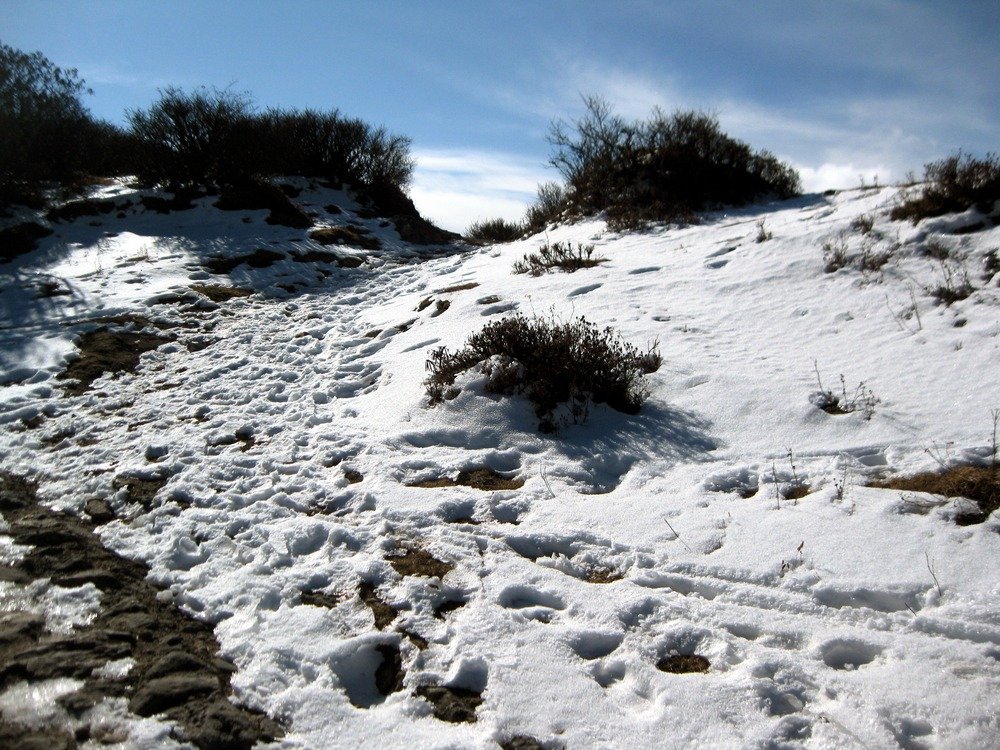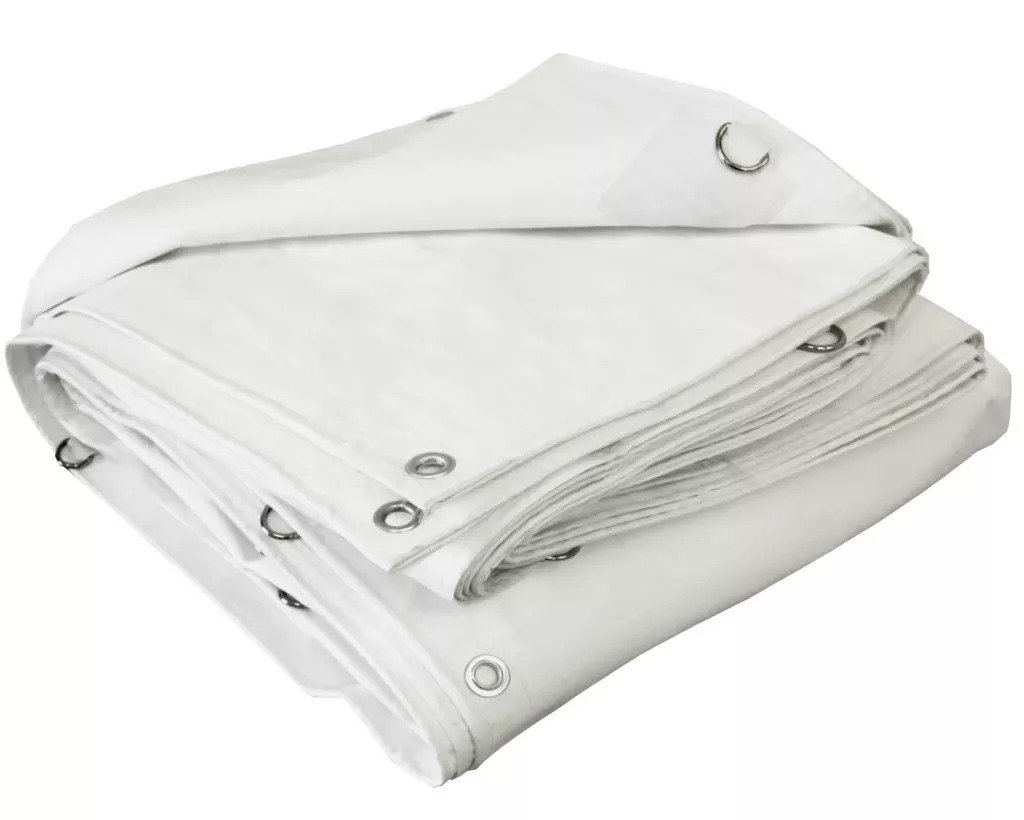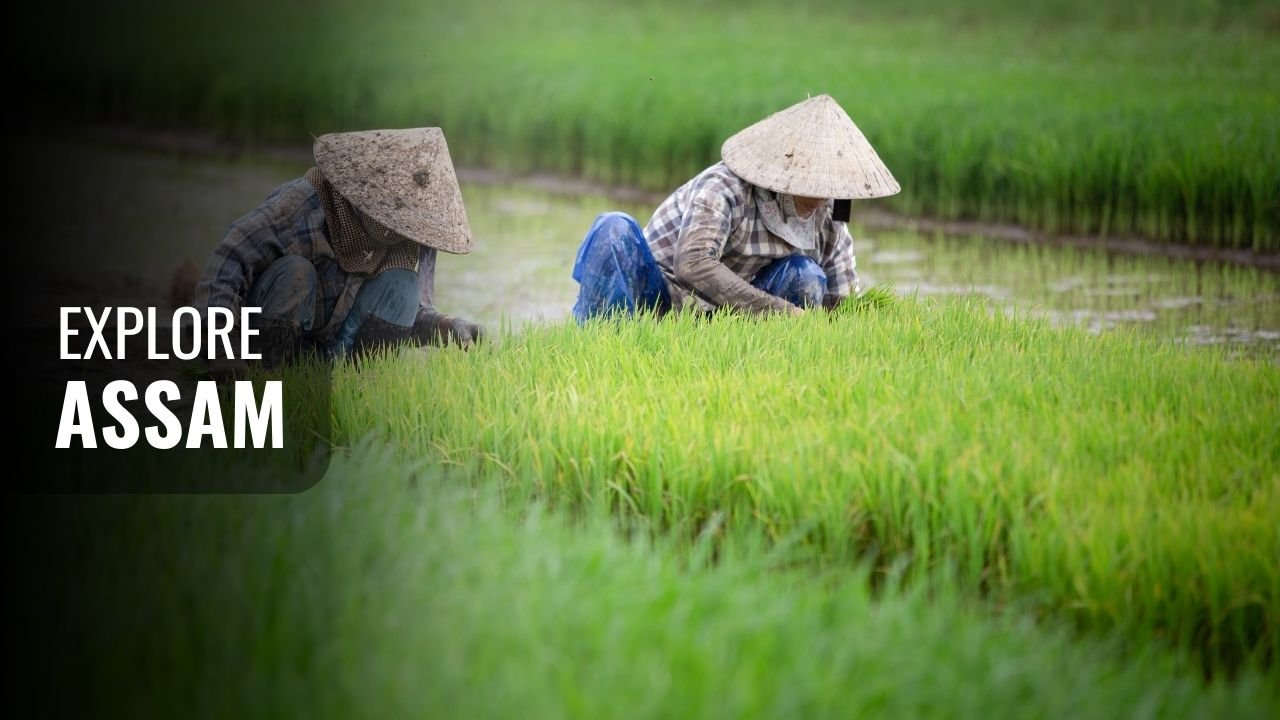I’ve done quite a few Himalayan treks, but the Sandakphu Winter Trek stands out as one of the most rewarding journeys I’ve taken. If you’ve ever dreamed of walking through snow-clad forests, standing face-to-face with the world’s tallest mountains, and experiencing the stillness of the Himalayas in winter, Sandakphu will give you all of that and more. Let’s get straight to the point — here’s everything you should know before packing your rucksack.
Why Sandakphu in Winter Feels So Special
At 11,941 ft, Sandakphu isn’t just another trek — it’s a place where nature shows off in full glory. The highlight is simple yet unbeatable: from one viewpoint, you can see four of the five highest peaks on Earth — Everest, Kanchenjunga, Lhotse, and Makalu. Locals call it the “Sleeping Buddha” range because Kanchenjunga’s outline resembles a resting figure, and when the morning sun hits the peaks, it’s as if the Buddha wakes up, glowing gold.
In winter, the experience transforms. The forests of Singalila National Park turn white with snow, and the path feels like something out of a fairy tale. The silence is different here — it’s not emptiness but a deep calm that only mountains can create. There are fewer trekkers, no noise, and the trails are crisp under your boots. It’s raw, pure, and unforgettable.
Best Time for Sandakphu Winter Trek
Timing is everything. For the winter version, the best time to go is from late November to mid-February.
-
December to mid-January: Heavy snowfall, icy trails, and perfect snowy landscapes. The sky remains crystal clear most days.
-
Late November & February: Slightly milder temperatures, with snow still present but easier conditions for beginners.
During my trek in late December, the mornings were biting cold — my water bottle froze overnight — but the skies were so clear that I could see all the major peaks without a single cloud blocking the view. It’s worth every shiver.
The Classic Route
The standard Sandakphu route starts from Manebhanjan, a small town about 26 km from Darjeeling. From there, the typical itinerary looks like this:
-
Manebhanjan to Tumling (11 km)
The trek begins with a steep climb. The route passes through Chitre, with rhododendron forests and occasional monasteries dotting the trail. -
Tumling to Kalipokhri (13 km)
Here’s where it gets interesting. The trail often zigzags across the India-Nepal border, and you’ll walk in and out of both countries without even realizing it. Tumling offers cozy tea houses, and the view of Kanchenjunga at sunrise from here is phenomenal. -
Kalipokhri to Sandakphu (6 km)
This is the toughest part — the climb gets steeper, and snow makes it trickier in winter. But once you reach the top, it’s pure magic. You can see the full Himalayan range stretching endlessly. -
Sandakphu to Srikhola (15 km)
The descent is easier, leading you through snow-dusted forests and charming mountain villages. Srikhola, by the river, makes a perfect ending spot.
The total distance is roughly 45 km, usually covered in 5–6 days.
What to Expect on the Trail
The trail in winter is quiet but challenging. Expect snow from Tumling onward, sometimes knee-deep after heavy snowfall. The terrain alternates between forest sections, open meadows, and steep ridges. The winds at Sandakphu summit can be fierce — always carry windproof layers.
Accommodation is simple but warm. Most places are homestays or trekkers’ huts, managed by kind locals who’ll make sure you’re well-fed and comfortable. Meals are homely — rice, lentils, vegetables, noodles, momos, and the occasional thukpa (Tibetan soup).
Don’t expect luxury here — it’s about simplicity and warmth. The real comfort comes from sipping hot tea by the fireplace after a freezing day outside.
Also, carry cash — there are no ATMs on the route, and mobile networks are limited. BSNL and Jio work in patches, but expect long periods without signal.
Preparing for the Cold
Winter trekking here means being smart about your gear. A few essentials I learned to never skip:
-
Three-layer clothing system: Thermal base, insulating fleece, and waterproof shell.
-
High-ankle trekking shoes with strong grip.
-
Good gloves, woolen socks, and a warm cap — trust me, they make or break your comfort.
-
A sturdy backpack (40–50L) with a rain cover.
-
Sunscreen and sunglasses — snow glare can burn your face before you realize it.
The nights can drop to -8°C, and winds make it feel colder. Inside the homestays, you’ll often find basic heating setups or hot water bags. Keeping dry and layered is key.
Trek Difficulty and Fitness Level
The Sandakphu trek is rated moderate, mainly because of the steep ascent and cold weather. Daily trekking hours average around 6–7, with gradual climbs.
If you’re a beginner, don’t worry — with a few weeks of preparation (daily jogging, stair climbing, or brisk walks), you’ll be fine. The biggest challenge is the cold and altitude, not the trail itself.
If you already have prior trekking experience, Sandakphu will feel easier but still rewarding because of its unique Himalayan views.
Local Culture and People
One of my favorite parts of this trek was meeting the Nepali and Sherpa communities living along the route. Their warmth and hospitality are unmatched. The houses are simple, often decorated with prayer flags and small gardens.
They’ll serve you butter tea or millet beer with a smile, and you’ll hear stories about mountain life that make you appreciate the resilience of these people. Evenings are often spent chatting around a wood stove, where laughter replaces the need for Wi-Fi.
Why I Preferred a Guided Trek
I did this Sandakphu Phalut Trek with The Searching Souls (TSS), and honestly, that decision made everything smoother. They handled permits, accommodation, and safety protocols efficiently. During one snowstorm near Kalipokhri, our guide navigated alternate routes and kept everyone safe and comfortable.
If you’re trekking in winter, a guided group helps immensely — they know the local weather patterns, handle emergencies, and ensure acclimatization. It’s not about luxury; it’s about trekking smart.
That said, if you’re experienced and know the trail, solo treks are allowed too — just make sure you carry proper permits for Singalila National Park.
The Magic of the Sandakphu Sunrise
If there’s one moment that defines this trek, it’s the sunrise at Sandakphu. Waking up before dawn, stepping outside into the freezing air, and watching the first rays of sun hit Kanchenjunga — it’s indescribable.
Slowly, the peaks light up — first a dull orange, then bright gold. On a clear morning, you’ll spot Everest’s sharp pyramid standing proudly beside Lhotse and Makalu. In that instant, all your exhaustion melts away. You realize why so many trekkers call Sandakphu the “window to the Himalayas.”
Photography Tips
If you love photography, bring your camera batteries fully charged (and keep spares warm inside your jacket). The lighting after sunrise and before sunset is perfect. The contrast between snow, sky, and prayer flags gives stunning compositions.
Drone flying isn’t permitted in the National Park area, so stick to handheld shots. Trust me, even your phone camera will capture jaw-dropping frames here.
Quick Facts
| Detail | Information |
|---|---|
| Altitude | 11,941 ft (3,636 m) |
| Best Time | Late Nov – Mid Feb |
| Duration | 5–7 Days |
| Starting Point | Manebhanjan, West Bengal |
| Trek Distance | ~45 km |
| Trek Difficulty | Moderate |
| Nearest Access | NJP Railway Station / Bagdogra Airport |




Leave a Reply